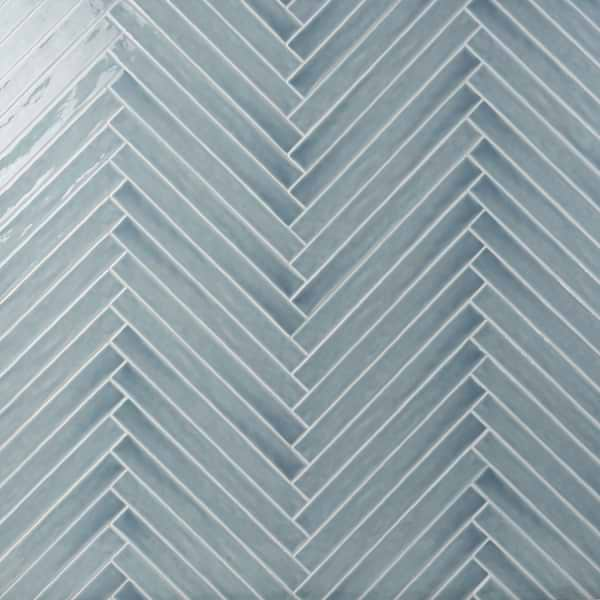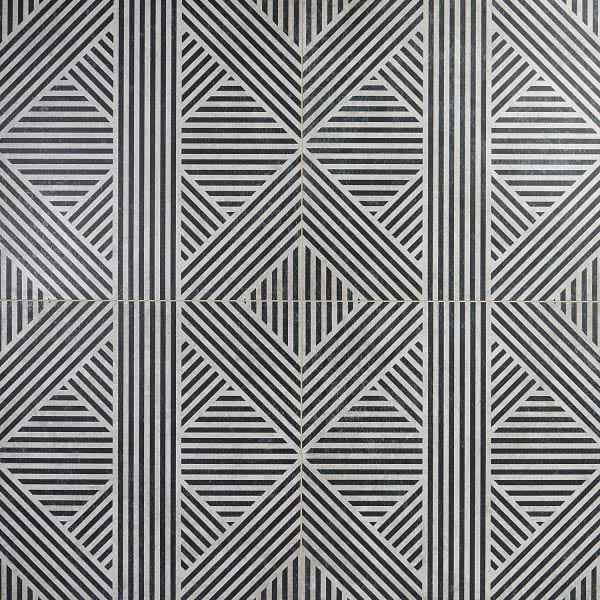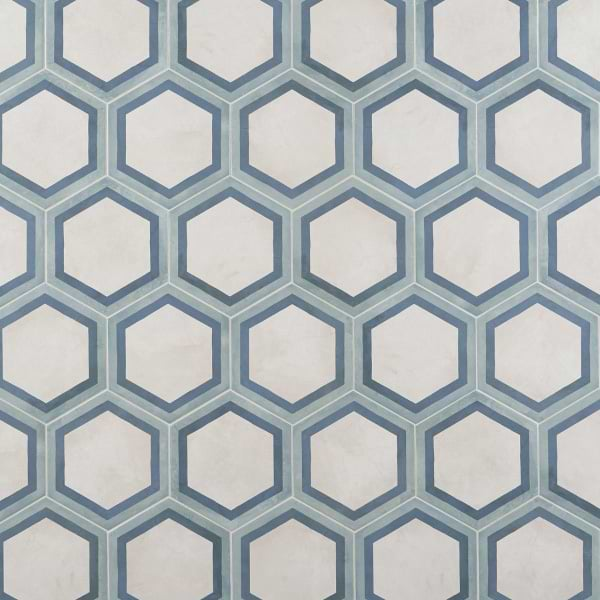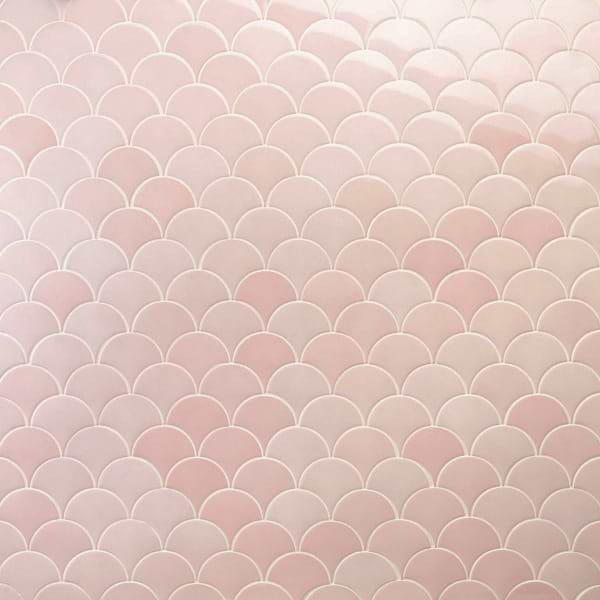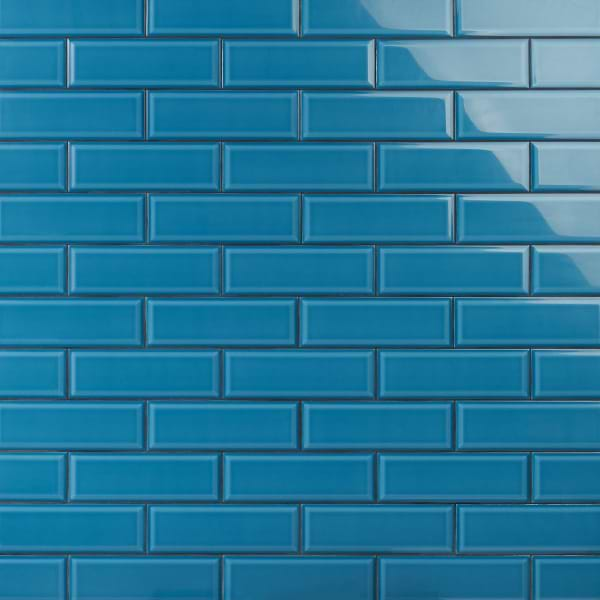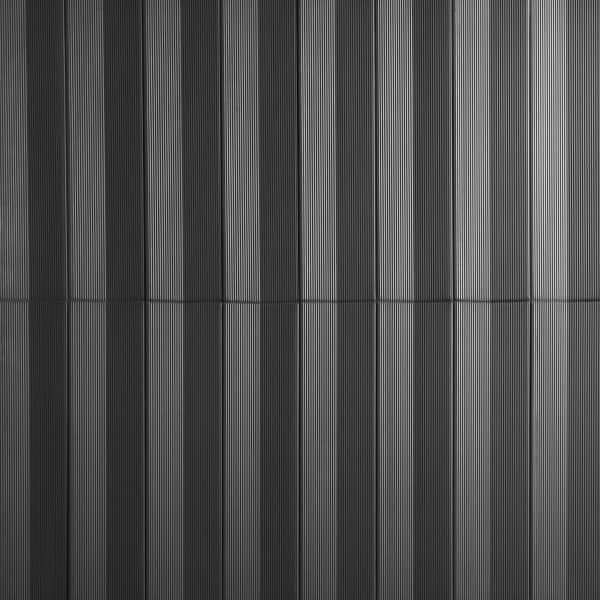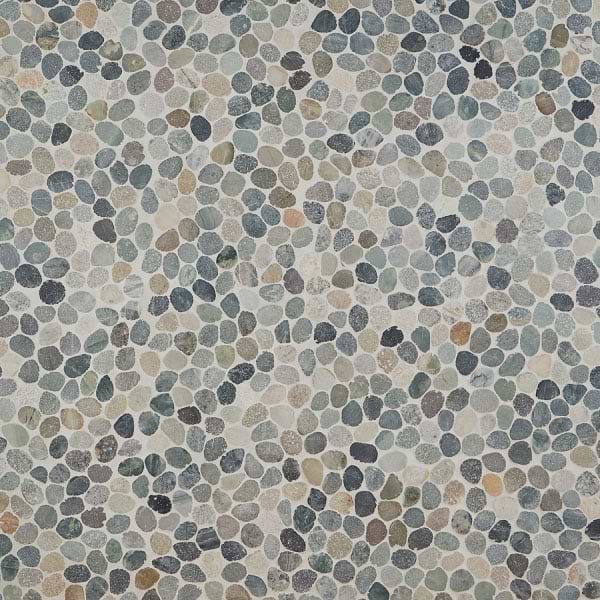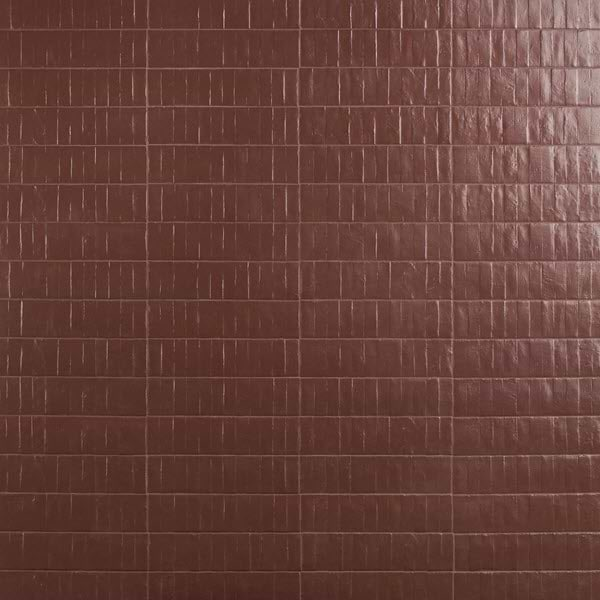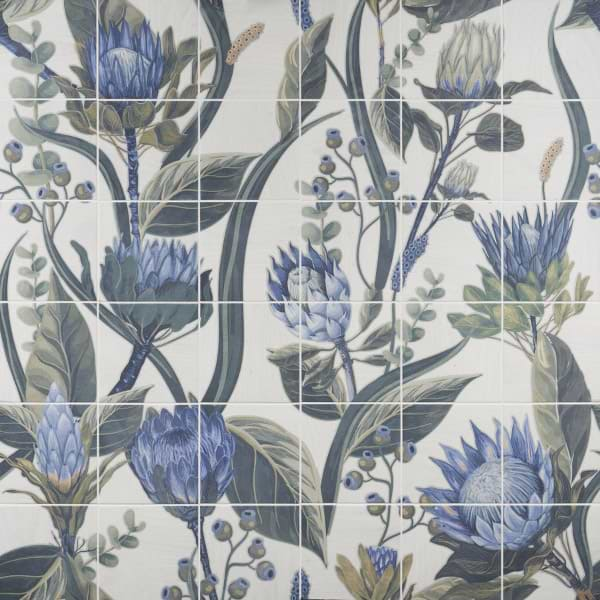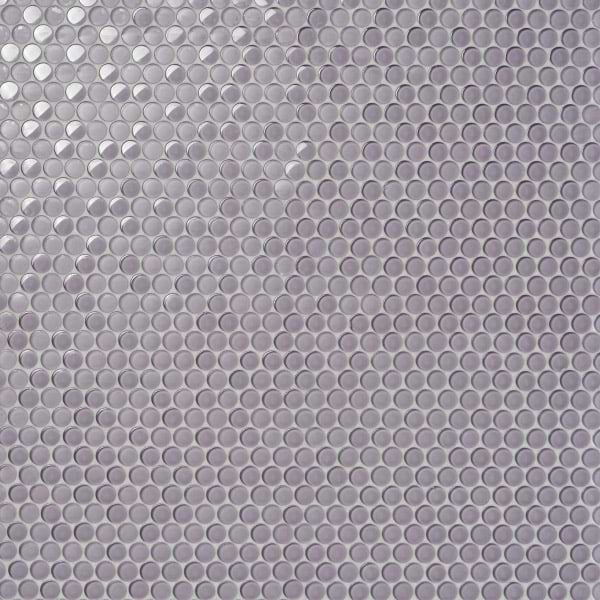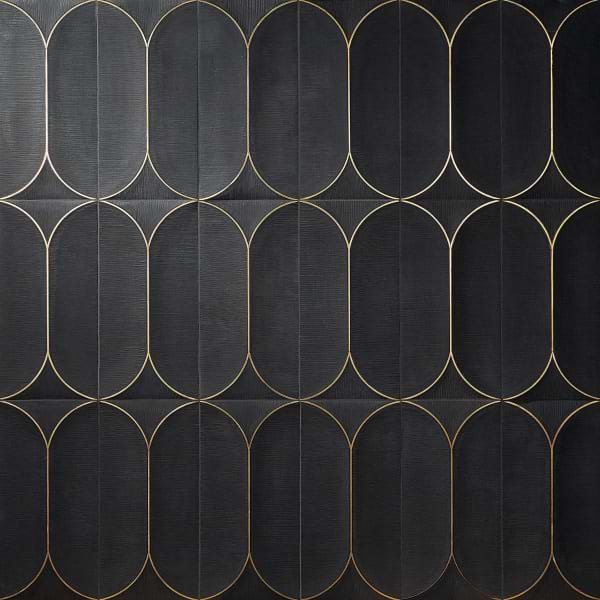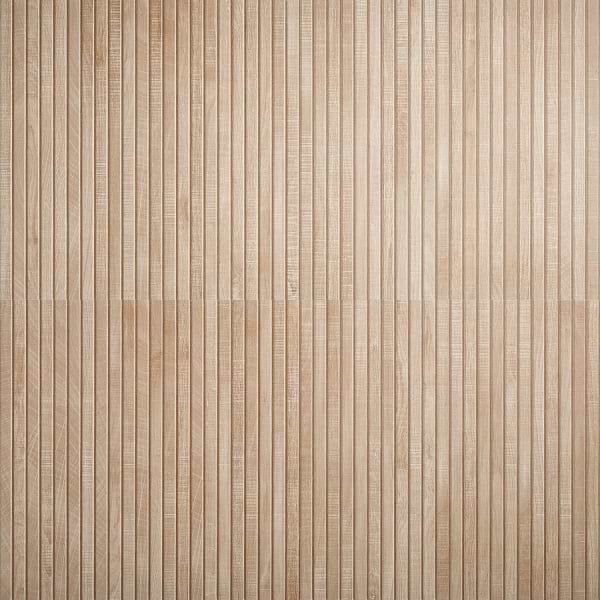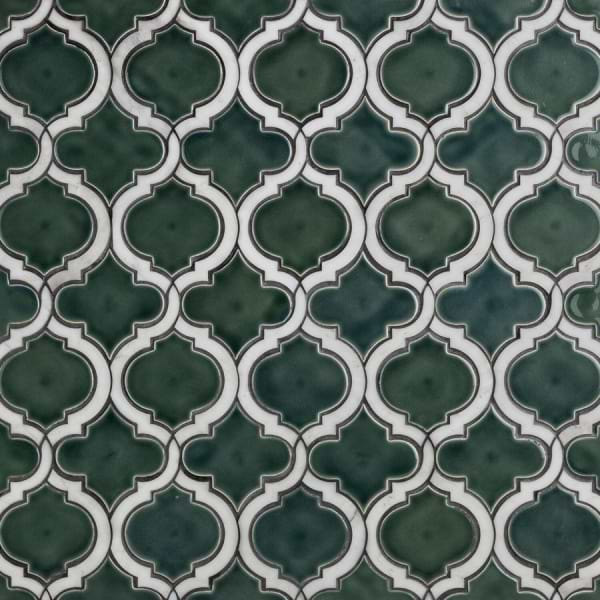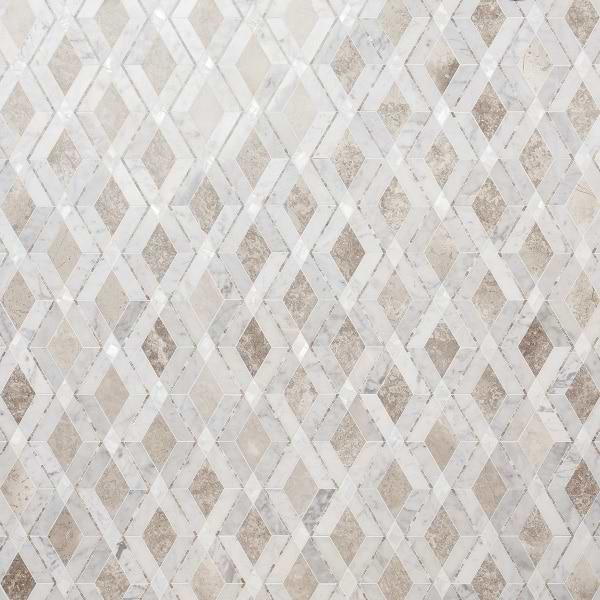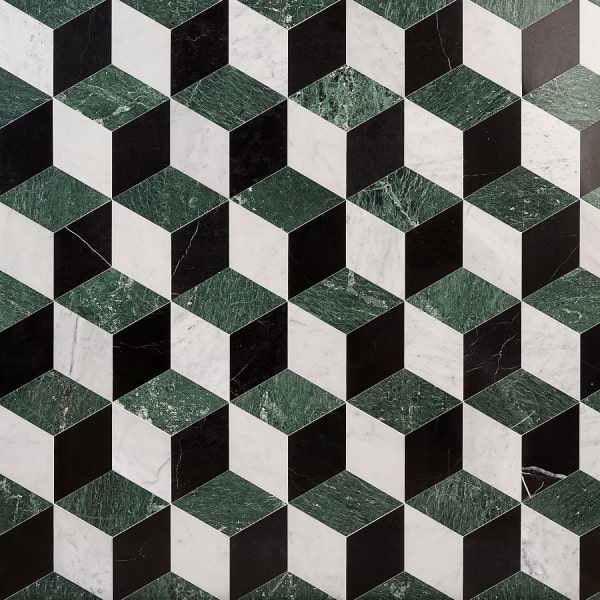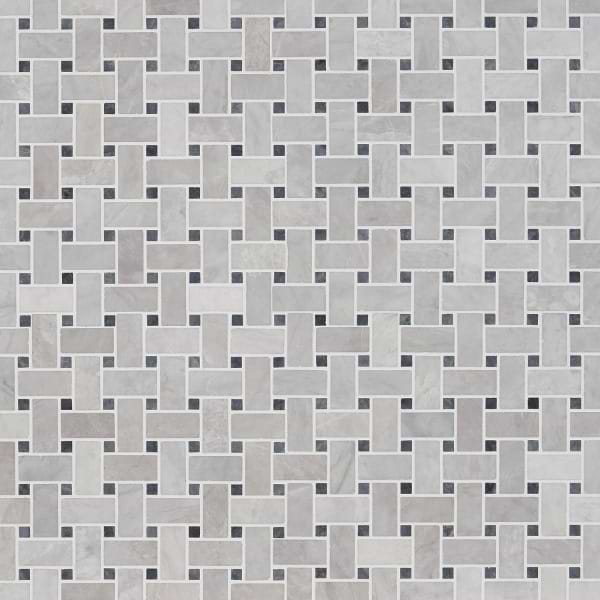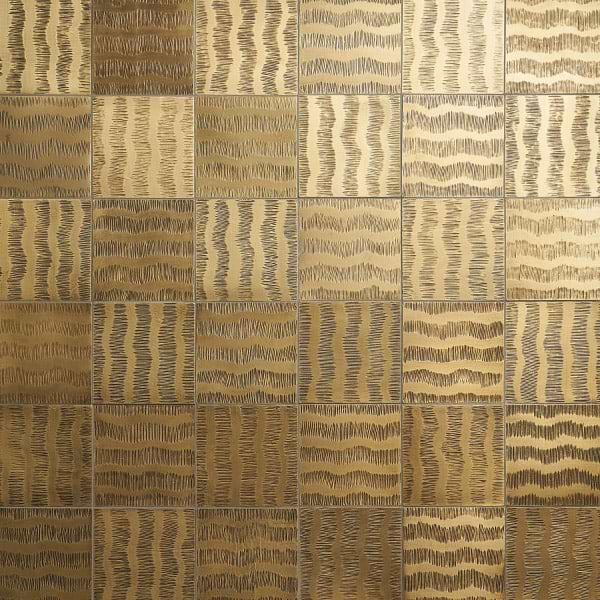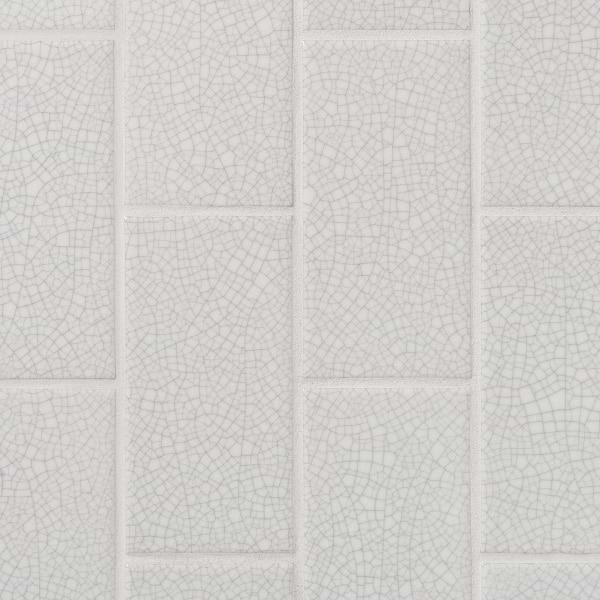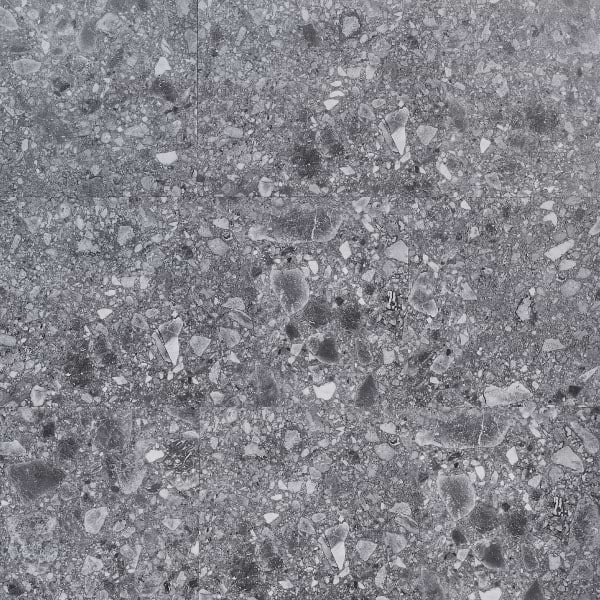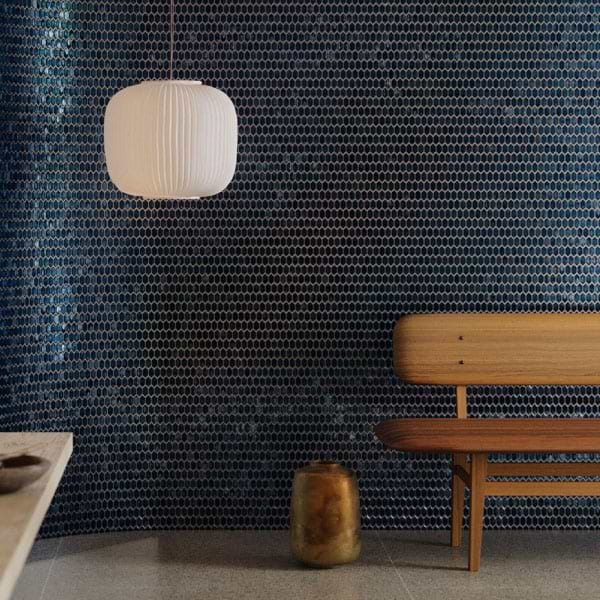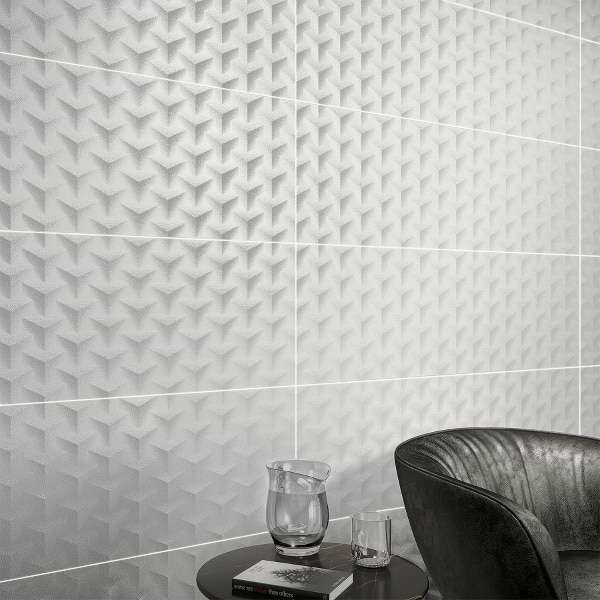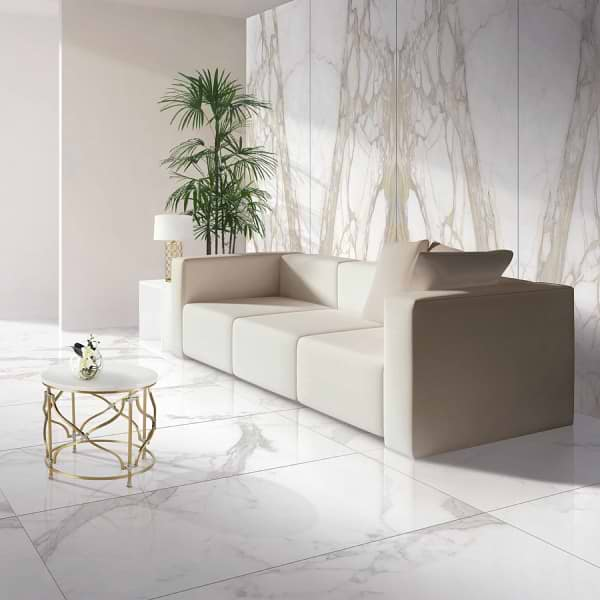FAQ
What Are Patterned Tiles Called? 

Patterned tiles comprise decorative tiles that include specific design elements, patterned textures, or collective shapes on their surfaces. Pattern tiles work in different areas, including kitchens, bathrooms, and living rooms, due to their flexible nature. Every patterned tile representation does not automatically qualify as an encaustic tile. Among the multiple pattern tiles used in construction are several standard examples listed below:
- Patterned ceramic and porcelain tiles receive their designs through revolutionary printing technology, which generates intricate designs.
- Mosaic Tiles consist of small tiles organized into distinct patterns that frequently blend multiple color choices.
- These tiles originate from colored cement, which gives them a robust appearance and prominent designs.
- Every handmade tile maintains its distinctive nature since manual painting is used as a production method.
Patterned floor tiles function best as focal point enhancers in room design. The selection of patterned tiles enables an improvement of your interior aesthetic, whether you pursue modern or traditional styles. Pattern tiles demonstrate multiple uses because they are equally suitable for wall applications, floor applications, and backsplash installations.
Is Patterned Tile Still in Style? 

Yes, pattern tile remains a popular choice in interior design. Its versatility allows it to fit seamlessly into both modern and traditional settings. Current trends highlight the creative use of patterned floor tiles to define spaces and add character:
- Geometric Patterns – Clean, angular designs give a modern feel to any room.
- Floral and Moroccan-Inspired Designs – These patterns add warmth and a sense of artistry.
- High-Contrast Styles – Black-and-white patterns create a bold, timeless look.
- Mix-and-Match Approaches – Combining different patterns and shapes creates a custom feel.
Patterned floor tiles are not just for residential use—they’re widely used in commercial spaces like hotels, restaurants, and offices to create a unique atmosphere. In bathrooms and kitchens, they’re frequently used for backsplashes and flooring. They’re also becoming popular outdoors for patios and pool areas, thanks to their durability and weather resistance.
Does Patterned Tile Make a Room Look Smaller? 

Pattern tile itself does not necessarily shrink a room unless the design trends, along with color choice and layout selection, are inappropriate. When implemented correctly, both pattern and scale have the power to expand the perceived size of a room. Visual obstruction is reduced when you use large, continuous patterns because they create the perception of an open space.
The following steps show how you can benefit from patterned floor tiles within confined areas:
- Large design patterns unite different areas of a space to create a feeling of extended size and make a room appear bigger. Patterns that are scaled appropriately will work, but extensive small details create visual distortions.
- A room appears roomier when you select light-toned tiles that effectively reflect light. Patterned tiles that use darker colors work optimally in expansive areas, although they do enhance the depth effect.
- Spacious environments emerge when you select large-format tiles that feature understated patterns in their design. The diagonal pattern of tile installation generates an effect of additional width together with length. The use of pattern tiles that extend between walls and floors generates continuous design lines to enlarge the space's appearance.
- Darkened patterned floor tiles in light colors should be your selection to transform a confined space into something more open. A floor finish with high gloss quality will both reflect greater amounts of light and create a brightened appearance in rooms.
Selecting the appropriate pattern design, along with matching colors together with a suitable layout, transforms room dimensions to create a harmonious and friendly environment.


